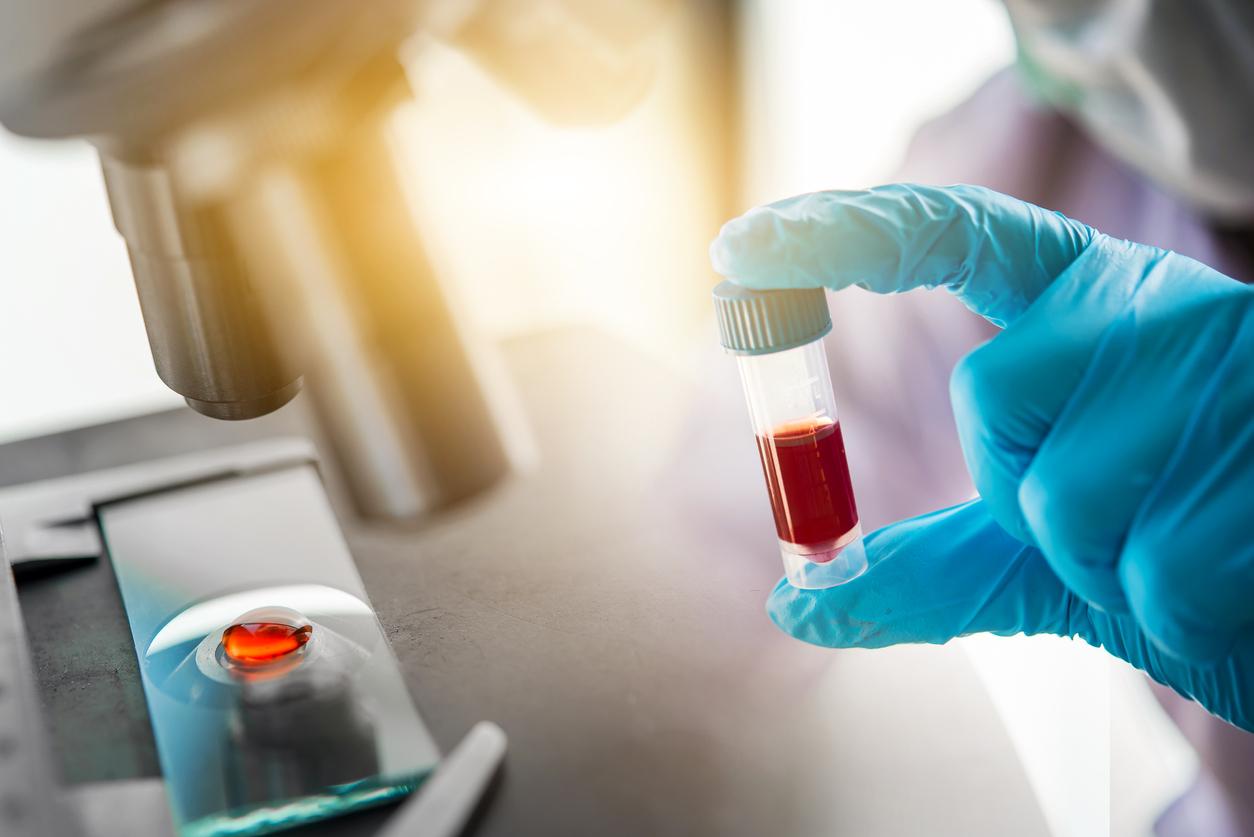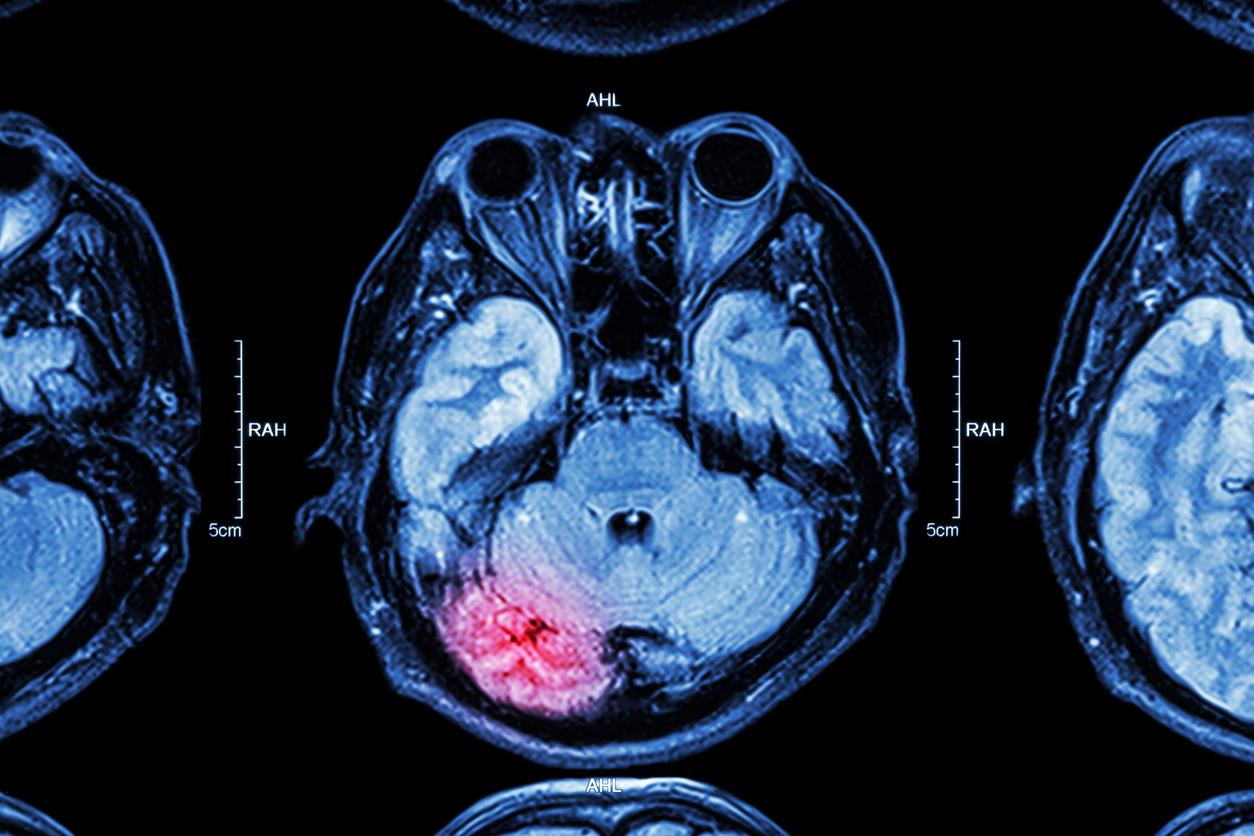British researchers have just developed a new drug capable of killing brain cancer cells in mice. Eventually, it could offer new hope in the treatment of childhood brain cancer hitherto considered incurable, but also in the treatment of “stone man” syndrome.

This is promising news for children with a rare brainstem tumor from scientists at the Institute of Cancer Research in London. Helped by an international team of researchers, they have just discovered a new class of drugs capable of killing cancer cells in the brain due to a genetic mutation: diffuse intrinsic pontine glioma. Their work has just been published in the journal Communications Biology.
A mutation of the ACVR1 gene in question
Mainly affecting children, this diffuse intrinsic pontine glioma, also called brainstem infiltrating glioma (GITC), is a malignant tumor found in the brainstem. Infiltrating, inoperable, dangerously localized and aggressive, it is now fatal in the vast majority of cases.
In question: a mutation of the ACVR1 gene, also responsible for progressive fibrodysplasia ossificans (FOP). Better known as “stone man syndrome”, it is a very rare orphan genetic disease. People who suffer from it see their muscles and tendons gradually ossify.
But that could soon change. Indeed, researchers have managed to develop drugs that inhibit ACVR1. These target the protein molecule produced by mutated versions of the ACVR1 gene found in diffuse intrinsic pontine glioma.
In 2014, scientists at the Institute of Cancer (IC) discovered that ACVR1 mutations occur in a quarter of GITC tumors and have since been working on drugs that target them. As a result of this discovery, teams from the Oxford Structural Genomics Consortium and IC created a new series of molecules that target mutant forms of ACVR1.
A reduction in tumors in mice
In this new study, researchers tested 11 prototype drugs with anti-ACVR1 activity. Two of them were found to be particularly effective in blocking signals sent by ACVR1 and killing mutant ACVR1 cells, while having very little effect on healthy brain cells.
To test them, the researchers transplanted human GITC tumors into mice and found that they terminated ACVR1 activity, shrunk the tumors, and increased survival by 25% (from 67 to 82 days). ).
By examining cells in the lab, they also found that ACVR1 mutant cells respond inappropriately to a molecule called activin A – which is present at high levels during brain development – causing a cascade of events that triggers tumor growth. This situation is similar to that which occurs for stone man syndrome: high levels of activin A lead to inflammation of the muscles and the formation of bone tissue in people born with an ACVR1 mutation.
The first clinical trials on children from 2021
For the researchers behind this discovery, it is a gigantic step that has just been taken. Indeed, no new drugs have been approved to treat brain cancer in adults and children for 20 years. “This is an important study that perfectly illustrates how gaining a detailed understanding of the biology of cancers can allow us to move very quickly to the discovery of new treatments – in this case to a rare type and devastating brain cancer in children,” said Professor Paul Workman, chief executive of the Institute of Cancer Research in London.
The pharmaceutical company M4K (Medicines for Kids) has just launched the development of these ACVR1 inhibitor drugs. As for clinical trials, they should begin in 2021 in children with brain cancer.

.















